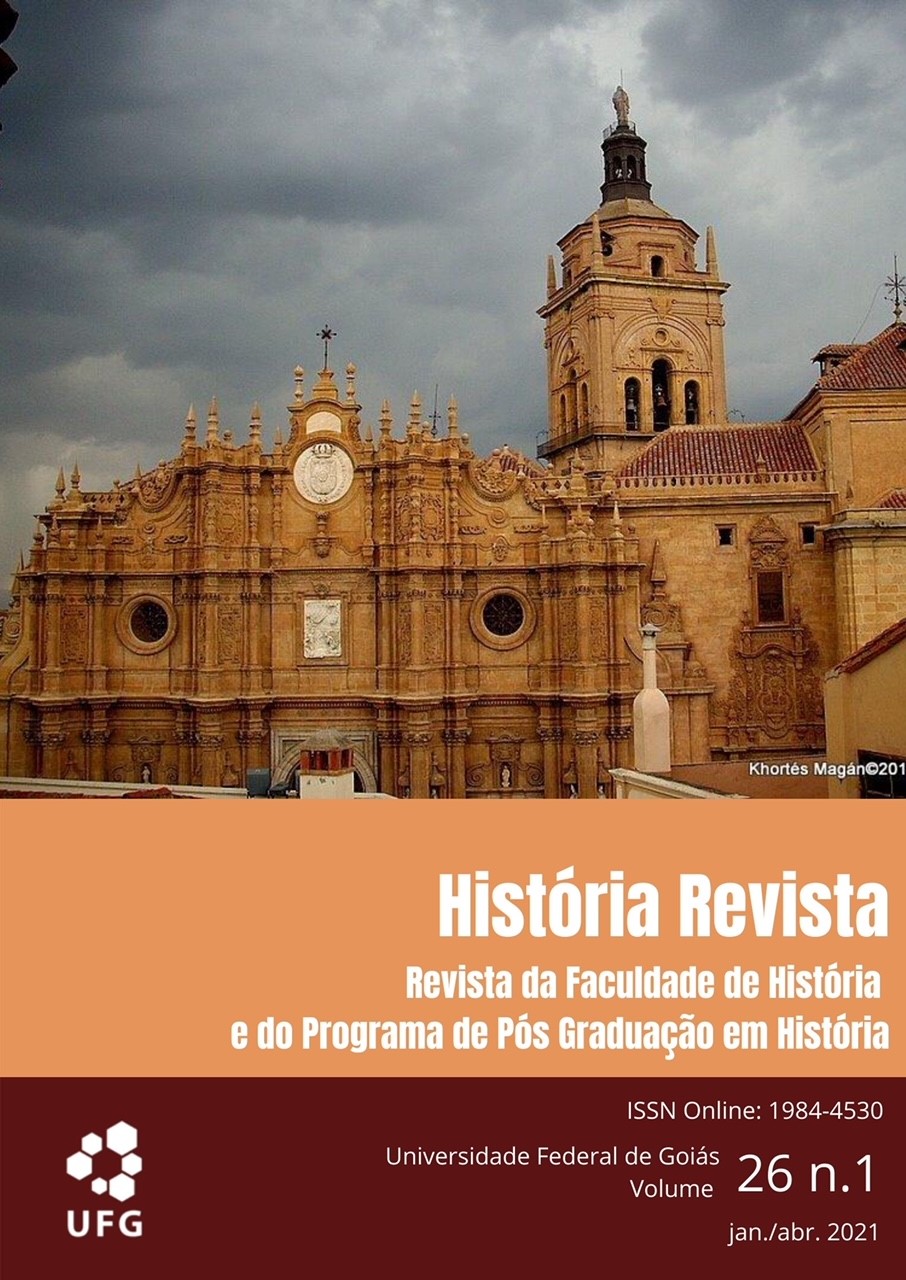The social context of architectural and artistic production in Minas Gerais at the beginning of the 18th century
DOI:
https://doi.org/10.5216/hr.v26i1.67366Abstract
This article intend to analyze the structuring of mechanical crafts in Portugal and their transplantation to the mining world at the beginning of the 18th century. These jobs, which are extremely necessary in the new construction environment that appeared in the mines of Portuguese America, were adapted to the local social context. It also aims to make some considerations about the very nature of these trades, the context of mining patronage and the organization of artists and craftsmen in the gold region of the Capitania das Minas, in addition to pointing out the trajectory of two artists from Minas Gerais Barroque, whose works are very important, however they are still practically unknown.
Downloads
Downloads
Published
How to Cite
Issue
Section
License
Declaração de Direito Autoral
Concedo à História Revista o direito de primeira publicação da versão revisada do meu artigo, licenciado sob a Licença Creative Commons Attribution, que permite o compartilhamento do trabalho com reconhecimento da autoria e publicação inicial nesta revista.
Afirmo ainda que meu artigo não está sendo submetido a outra publicação e não foi publicado na íntegra em outro periódico, assumindo total responsabilidade por sua originalidade, podendo incidir sobre mim eventuais encargos decorrentes de reivindicação, por parte de terceiros, em relação à autoria do mesmo.



